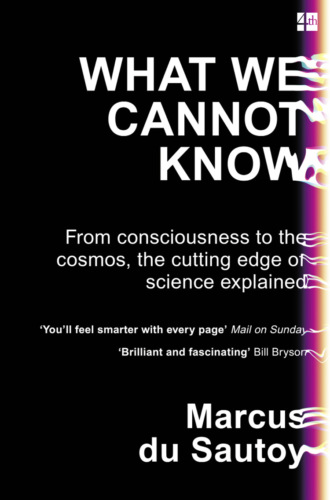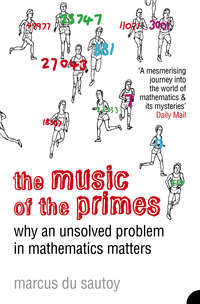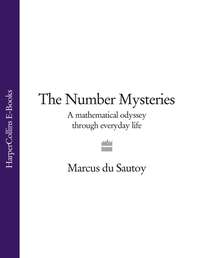What We Cannot Know: Explorations at the Edge of Knowledge

Полная версия
What We Cannot Know: Explorations at the Edge of Knowledge
Язык: Английский
Год издания: 2019
Добавлена:
Настройки чтения
Размер шрифта
Высота строк
Поля
Конец ознакомительного фрагмента
Купить и скачать всю книгу




